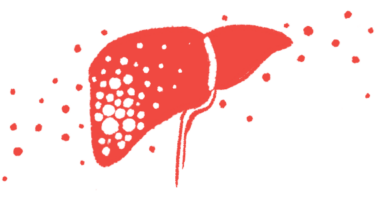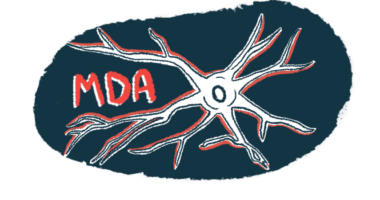Better motor function seen in SMA children given Zolgensma: Analysis
Efficacy of approved gene therapy compared with natural disease course

Most children with spinal muscular atrophy (SMA) given the gene therapy Zolgensma (onasemnogene abeparvovec-xioi) retain motor function that exceeds what’s normally seen in untreated disease, according to a new analysis.
In fact, a significant number of children who received the approved gene therapy were found to achieve one or more motor milestones.
“This meta-analysis verifies [Zolgensma] is a valuable treatment option for SMA patients,” the researchers wrote.
The findings also suggested that certain side effects of Zolgensma, namely low platelet levels and liver damage, are more common in older children than in infants.
The study, “Safety and efficacy of gene therapy with onasemnogene abeparvovec in the treatment of spinal muscular atrophy: A systematic review and meta-analysis,” was published in the Journal of Paediatrics and Child Health.
New motor milestones seen with Zolgensma gene therapy
Zolgensma is a gene therapy that uses a viral vector to deliver a healthy copy of SMN1, the gene that’s mutated in SMA, to the body’s cells. The therapy is marketed by Novartis, which was not involved in this study.
The U.S. Food and Drug Administration (FDA) approved the therapy in 2019 for SMA patients ages 2 and younger. The therapy also has been approved in many other countries, though specific indications vary.
In clinical trials, Zolgensma was found to enable some children with SMA to stand and even walk without assistance. However, in 2021, the FDA added a boxed warning to Zolgensma’s packaging that highlighted the risk of liver injury.
In this study, a trio of scientists in China sought to assess what’s currently known about the safety and efficacy of Zolgensma in individuals living with SMA. To that end, they conducted a review of the available scientific literature, analyzing data from 10 studies covering 250 SMA patients treated with the gene therapy.
Most of the patients had type 1 SMA, and the age at dosing with Zolgensma ranged from 0.5 months to 59 months, or nearly 5 years old.
To measure treatment efficacy, the researchers assessed scores in the Children’s Hospital of Philadelphia Infant Test of Neuromuscular Disorders (CHOP INTEND). This test is standardized measure of motor function for young children with respiratory and neuromuscular deficits, in which higher scores indicate better function.
Without treatment, children with SMA usually experience a continual reduction in scores over time. Also, “in the natural history of SMA, a total CHOP INTEND score of SMA patients rarely reaches 40 points,” the researchers wrote.
The scores were markedly higher for children treated with Zolgensma.
Large numbers of SMA patients given [Zolgensma] achieved at least one new motor milestone, which differs from the results seen in untreated SMA.
Over long-term follow-up, which was at least six months, 86.9% of patients treated with the gene therapy retained a CHOP-INTEND score higher than 40. Additionally, most patients (85.5%) achieved the development of new motor milestones after treatment with Zolgensma.
“Large numbers of SMA patients given [Zolgensma] achieved at least one new motor milestone, which differs from the results seen in untreated SMA,” the researchers wrote.
“Although motor milestones were achieved later than in children unaffected by SMA, an improvement was evident throughout [Zolgensma] therapy,” they added.
Safety data showed the most common side effects of Zolgensma were fever, reported in 60.7% of patients, and vomiting, which occurred in 28.5% of patients.
Other common side effects included low levels of platelets, referred to as thrombocytopenia, and elevated levels of liver enzymes, which are indicative of liver damage.
As there was a fair amount of variability in the rates of these side effects across studies, closer analyses were conducted. These showed that the side effects were less common — by 5% for thrombocytopenia and 28.5% for elevated liver enzymes — in children treated during infancy. Instead, they affected the majority of children who received Zolgensma after the age of 8 months.
Specifically, low platelet levels were seen in 79.3% of older children, while elevated liver enzymes were found in 71.7%.
“Our study observed that SMA patients older than 8 months were more likely to have thrombocytopenia and elevated aminotransferases [liver enzymes] than younger patients after [Zolgensma] therapy,” the researchers wrote.
Overall, the team concluded that the available evidence supports Zolgensma as an effective treatment for SMA, especially for young patients with early disease.
They noted, however, that available data is limited and relatively short-term, since the gene therapy only became available with the last five years or so.
The researchers also stressed a need for studies into whether and how Zolgensma might benefit older individuals with more advanced SMA.








